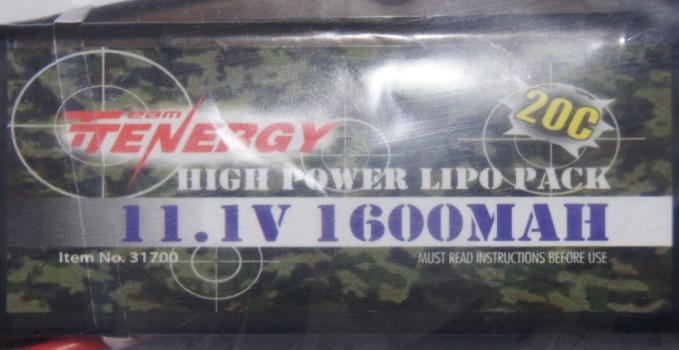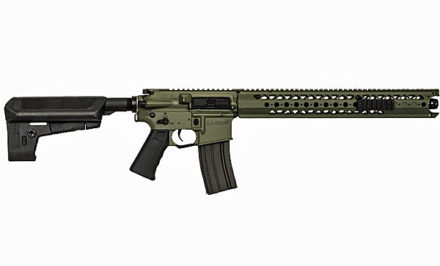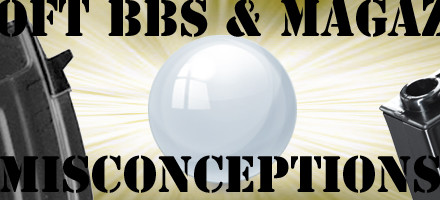If you have every used, or are thinking about using, a LiPo battery, you may have some questions about what all those numbers mean on the battery. I will explain what those numbers mean, and how they will relate to the specific gun you are using. They are not arbitrary numbers, and not getting the “correct” battery for your gun can actually hurt more than it helps. You do not want to arbitrarily pick a battery and throw it in your gun, and in the case of airsoft, more is not necessarily better.
The first obvious number on the battery will be the milliamp (mAh) rating. This is going to tell you the capacity of the battery, but also how many amps the battery can supply over a given period of time. I am going to use a Tenergy battery as an example for this article. This battery has a 1600mAh rating which means it will provide 1.6 amps of current, constantly for one hour; hence the milliamp hour rating. Obviously your gun will pull much more than 1.6 amps of current from the battery, which brings us to our next number the “C” rating.
LiPo batteries will always give you a C rating or discharge rating, in the form of one number or a number/number format. LiPo batteries are rated for Constant/Burst. Since there is only one C number on this battery, the number given will always refer to the “constant” C rating. In this case, the battery is a 20C battery, so the complete C rating is 20C Constant/40C Burst. The Burst rating will always be double the Constant rating. Why? When you have a sustained draw on a battery, you are loading the battery down, and the amount of energy supplied will diminish. When you pull the trigger on single fire, the motor is working less, so it does not need as much power from the battery.
Now that we have established the amps of the battery, and the discharge rating of the battery, we can now calculate how much the battery can actually supply to your airsoft gun. In this particular battery we have a 1.6 amp hour rating (1600 milliamp hour), and a discharge rating (C Rating) of 20. So simply: 20 x 1.6 = 32amps. This does not mean that the gun will always be pulling 32 amps of current from the battery, but rather that is the max amps it can provide before it starts to drop voltage.
The voltage is not necessarily involved in this equation, but it is still important. Our battery above is an 11.1v battery. Let’s say we are using a battery that is rated at 15C with a mAh of 1000: 15 x 1 = 15amps. That is significantly less than that of our 1600mAh Tenergy battery. This means that when I fire my gun with that 1000mAh battery I may get 20 rounds per second, but if I switch to the 1600mAh battery I get 25 rounds per second. As the gun is cycling on full auto, it is pulling more than 15amps of power from the 1000mAh battery, so the voltage supplied to the motor will drop because the battery is trying to compensate for the lack of power. Batteries will supply whatever current the motor is drawing, but if you have a really “weak” battery you will have significant voltage drop, which will hinder your rounds per second. Additionally, the battery will be drained much faster because it is pulling more amps that the battery can theoretically supply. The harder the battery is working, the faster the capacity (mAh) will diminish.
If you watch videos of people testing their guns, they are using extremely large batteries, like a 4500mAh 40C battery, which equates to 180amps of current. Again, this does not mean that the motor will always be pulling 180amps of current, just that the motor will run at the absolute maximum. This is what leads to the really insane rates of fire. The more amps the battery can supply, the less the voltage of the battery will drop as you are sustaining fire.
One final thought, is that you can technically have too much battery for a gun. If you are running a bone stock gun and try to use a really high discharge battery, it would almost be too much for the motor. When I had my stock Echo1 MP5 and tried to use a 4500mAh 40C battery, I would get two shots when I pulled the trigger on single fire. This is referred to as “overspin”; and is caused by the fact that the battery is dumping too much current, causing the motor to cycle twice. After I upgraded the gun, it ran very smoothly with that battery, because the motor was working harder, and using up all the current from the battery.
Now that you know how to calculate the numbers on LiPo batteries, you can better understand how they will interact with your AEG’s motor. In most cases, a standard 1200mAh 20C battery will suffice if you are running a relatively stock gun. If you have an upgraded gun, and want to get the most out of your upgrades, it is best to get a battery with a higher mAh rating and C rating to boost its performance.
Understanding LiPo Batteries For Airsoft AEGs
Loading Google+ Comments ...











